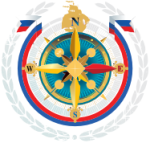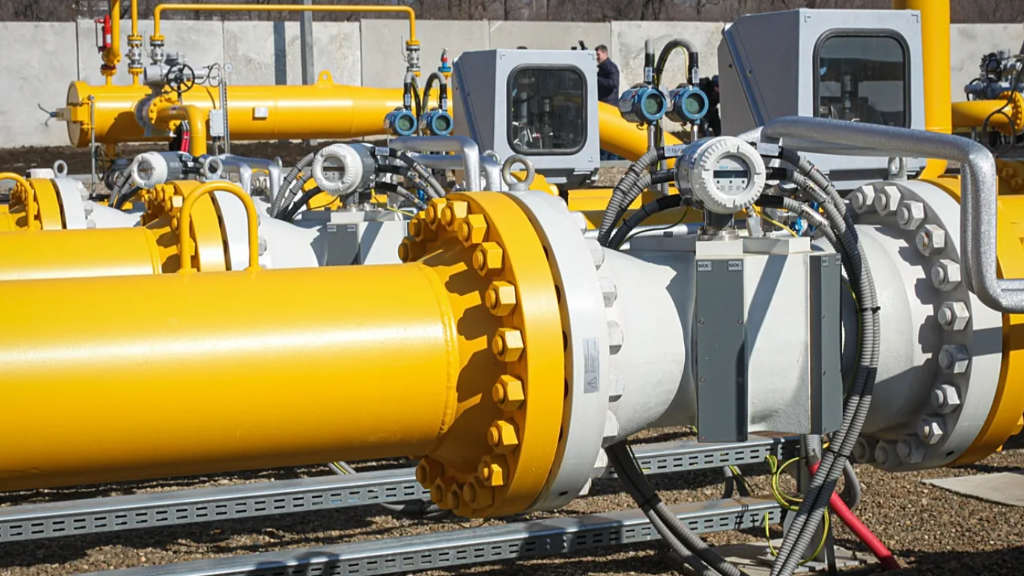The Transport Ministers of the member countries of the Shanghai Cooperation Organisation (SCO) have signed an MoU concerning the development of road and roadside services along the ‘Silk Road’ – the vehicle and highway network between member countries. The Russian side was represented by Dmitry Zverev, the Deputy Minister of Transport.
They discussed the joint implementation of projects in the logistics sector and presented a transport strategy for the coming years in their respective countries. The SCO includes Russia as a full member along with Belarus, Iran, India, Pakistan, Kazakhstan, Kyrgyzstan, Tajikistan, Uzbekistan and China.
In addition to these, Afghanistan and Mongolia are Observer nations, while Dialogue Partners include:
North Africa
Egypt
Western Eurasia
Armenia, Azerbaijan, Turkiye
Middle East
Bahrain, Kuwait, Saudi Arabia, Qatar, UAE
Southeast Asia
Cambodia, Maldives, Myanmar, Nepal, Sri Lanka

Zverev discussed with the attendees the Russian transport system, separately emphasising the role of the Transport Strategy of Russia until 2030 with a forecast for the period up to 2035 and the national projects “Infrastructure for Life” and “Efficient Transport System”.
In particular, he presented Russian experience in modernising transport infrastructure, including on international transport corridors, as well as domestic developments in the field of electric vessels and autonomous navigation.
The Eurasian Development Bank (EDB) has said that transport connectivity and access to markets are among the most significant challenges for the EAEU (Eurasian Economic Union) + region and Eurasia as a whole. The lack of direct access to the sea, which is especially relevant for Central Asian countries, increases transport costs, makes production less viable, limits company profits and affects the welfare of the population. They reportedly see the solution in strengthening internal and trans-Eurasian transport connectivity and creating the Eurasian Transport Network.
The Eurasian Transport Network is a system of international transport corridors crossing the Eurasian landmass along East–West and North–South axes. The Eurasian transport corridors extend as far as China, India and the European Union, enabling the network to become a tangible foundation for a Greater Eurasia. Unlocking the full potential of the Eurasian continent’s economy relies on the seamless transport connectivity that digitalizing transport can provide.
The EDB suggests that improving road connectivity could boost intra-Eurasian traffic by 40%.
Further Reading
Eurasian Economic Union Identifies Greatest Cooperation / Export Potential Sectors





